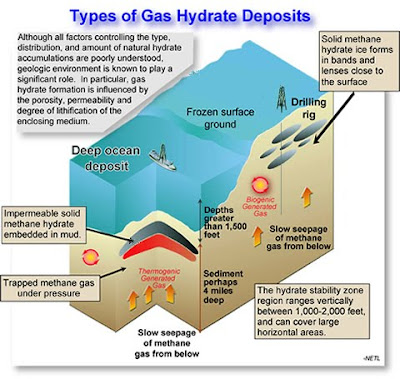

Conducting electricity from the sun has become a more common topic on obtaining energy to power homes, business, and even cars. Solar energy seems ideal to the energy consumer; it is a safe renewable resource that will aid in the efforts to control global warming issues.
How it works: Solar Thermal Energy
Solar power plants work in producing energy by using a parabolic trough (curved mirror) with a pipe running though the center. The mirror focuses the sunlight to strike the pipe, which gets so hot that it will boil water into steam, which is used to turn a turbine to generate energy. While solar energy seems to be a faultless solution, it only works when the sun is shining and is ineffective when it is cloudy or nighttime—probably not the best option for Alaskan winters. Some advancements have been made to power solar plants by burning natural gas to boil the water so that they will continue to produce electricity when the sun is not shining. Another form of solar power plant works by building a tall tower and encircling nearly 2,000 mirrors that turn and move throughout the day to capture the sun. The reflections of light are directed to the tower in the middle where a basin of water is heated by the suns rays. The water is heated into steam and used to turn turbines and produce electricity. These power plants are used to provide electricity for thousands of residential homes.
Photovoltaic Energy:
Solar cells can be used to power many different things from calculators to spacecrafts. These are made of silicon and specific types of sand that produce energy when sun strikes the cell knocking the electrons loose. The electrons move towards the surface and an imbalance of electrons is created between the front and the back of the cell. A connector that collects a current of electricity joins the positive and negative surfaces of the solar cell. These can be set up to follow the sun throughout the day to generate as much energy as possible. The energy obtained can be used directly in homes and businesses; it can be stored in batteries to be used at night.
References:
The Energy story. (2006). Retrieved from http://www.energyquest.ca.gov/story/chapter15.html










